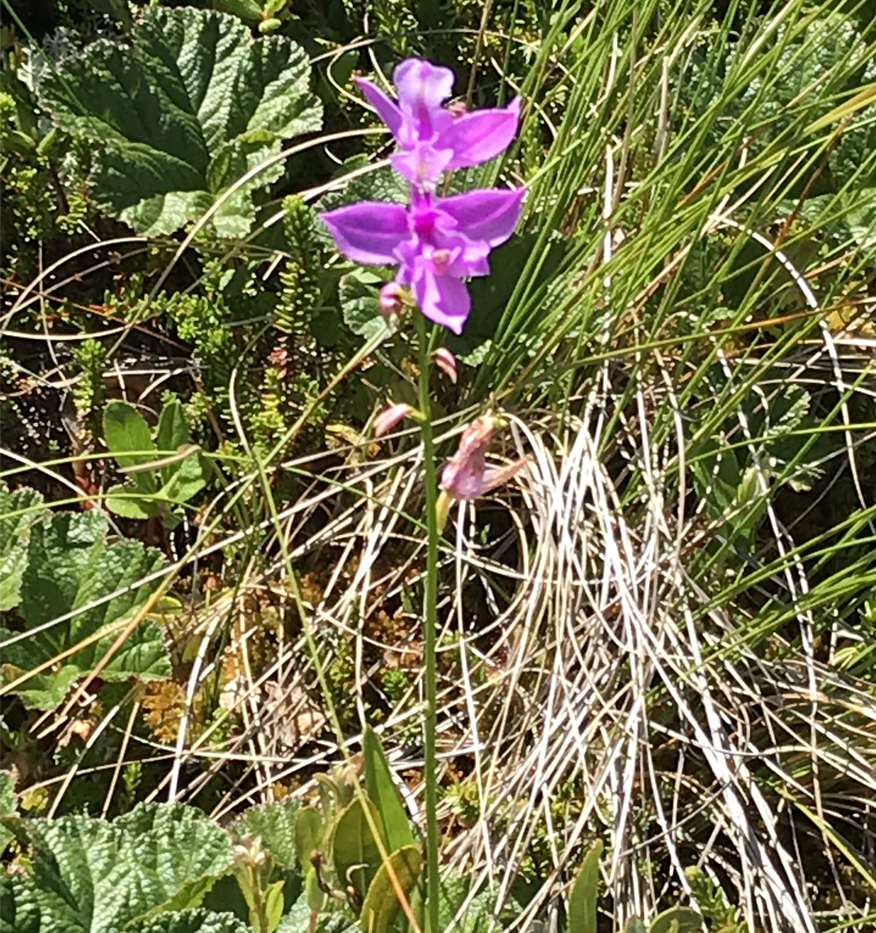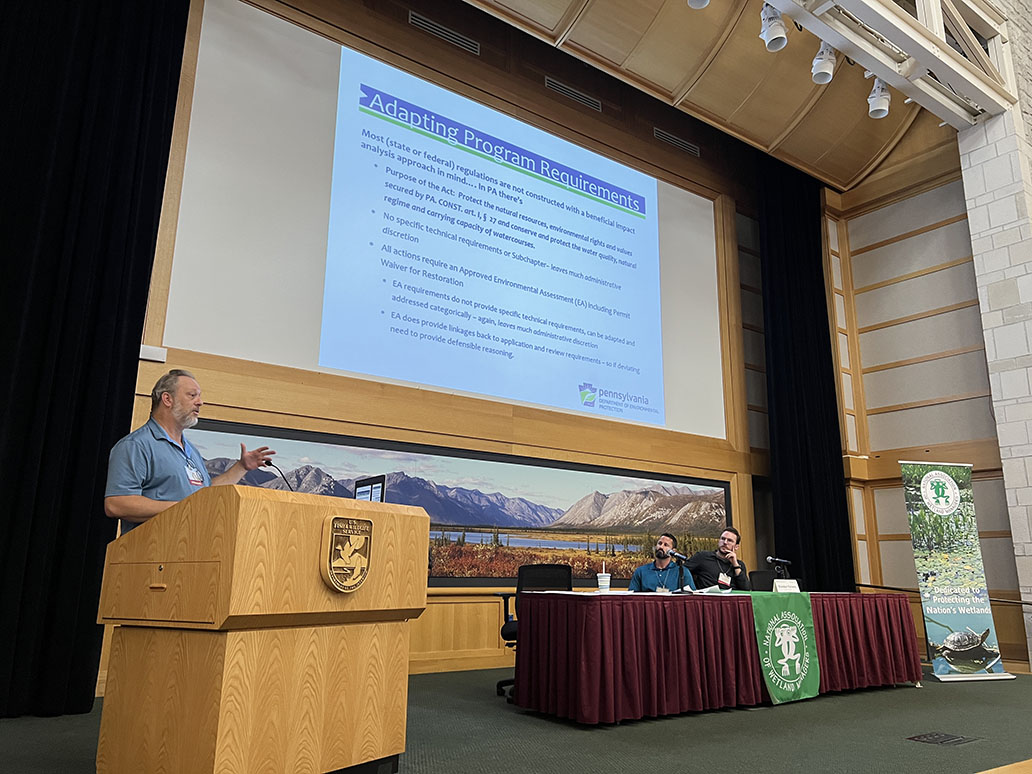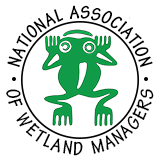NAWM Members
 Members receive weekly issues of Insider’s Edition and bimonthly issues of Wetland News per year. If you are a member already, you may read the latest issue of Insider’s Edition and Wetland News (NAWM’s membership newsletter) by logging in to your Members' Portal. NAWM membership benefits information.
Members receive weekly issues of Insider’s Edition and bimonthly issues of Wetland News per year. If you are a member already, you may read the latest issue of Insider’s Edition and Wetland News (NAWM’s membership newsletter) by logging in to your Members' Portal. NAWM membership benefits information.
NAWM is looking for photos of our members working in the field—whether inside or outside, regulation or restoration, monitoring & assessment—or mapping & management of wetland resources. We would like to feature photos of wetland professionals doing a wide range of activities in the field of wetland science, policy and management. Please email these photos to Laura at laura@nawm.org for use on the NAWM website and/or in our membership newsletter, Wetland News.
The NAWM membership includes state, tribal, federal, and local wetland managers, regulators, researchers, field scientists, academics, private consultants, and more. These wetlanders work across the United States in a wide variety of wetlands and related aquatic resources. To celebrate the important work that NAWM members are doing, each month NAWM shines the Member Spotlight on one member to learn more about the good work they are doing to protect and restore our wetland resources, how they came to work in wetlands, and how being a member of the Association benefits their work. If you would like to nominate a member for a future Member Spotlight, please reach out to Portia Osborne, NAWM Assistant Director, at portia@nawm.org. View Member Spotlight Archive.
Dave Goerman

Dave Goerman works at the Pennsylvania Department of Environmental Protection in the Bureau of Waterways Engineering and Wetlands’ Division of Wetlands, Encroachments, and Training, where he is a Water Program Specialist.
What is your favorite part of your job?
I am actively engaged in advancing the state of restoration science through facilitating research, development of design approaches, and making recommendations to project sponsors as part of the permit approval process. More recently I have begun developing our own large-scale restoration projects, which provides the ability to push the boundaries of restoration science.
What is one of your biggest professional accomplishments?
I think I take pride most in being able to facilitate a lot of advances getting done. Getting the program’s aquatic resource Level 2 Rapid Assessment procedures published final is one, getting the modeled wetland mapping and restorable lands would be another. Most recently getting the Level 2 Geomorphon mapping done is another one, it’s going to provide baseline data on looking at watershed alterations and relating other resource data possible.
What is your favorite type of wetland? Why?
Restored floodplain wetlands. I like them because they have an initial flush of plant diversity, and they keep changing over the next few years as the species find their preferred micro-habitats.
How did you end up working in wetlands?
I had applied mostly for the jobs under the water pollution biologist class, and most were in the wetlands and waterways permitting program, but honestly at the time, I did not know wetland regulations existed! I was one of the last people hired into the program when they decentralized the permitting across the state. I like to say I got the cat’s meow job as I would later learn. That’s why I have stayed in it for so long.
What advice do you have for someone interested in getting started in wetlands work?
I would highly recommend they take the time to become more interdisciplinary. Learn some more about geosciences like geology, hydrology, geomorphology, not just wetland ecology. I’ve learned more insights about wetlands by learning about these other disciplines.
How long have you been a member of NAWM? How have you participated in NAWM?
I have been a member off and on since the late 1990’s as part of ASWM state membership. Unfortunately, our agency did not always pay our membership dues so we would get dropped here and there. I do attend webinars occasionally and have contributed on a few workgroups and attend the annual meetings when I can.
What is your favorite benefit of being a member of NAWM?
The like-minded people! The connections that are made through the meetings I think are my favorite part of being a member.
What is your favorite NAWM memory?
Having a few drinks and conversation around the fire pit.
If you would like to nominate a member for a future Member Spotlight, please reach out to Portia Osborne, NAWM Assistant Director, at portia@nawm.org.
View Member Spotlight Archive.
